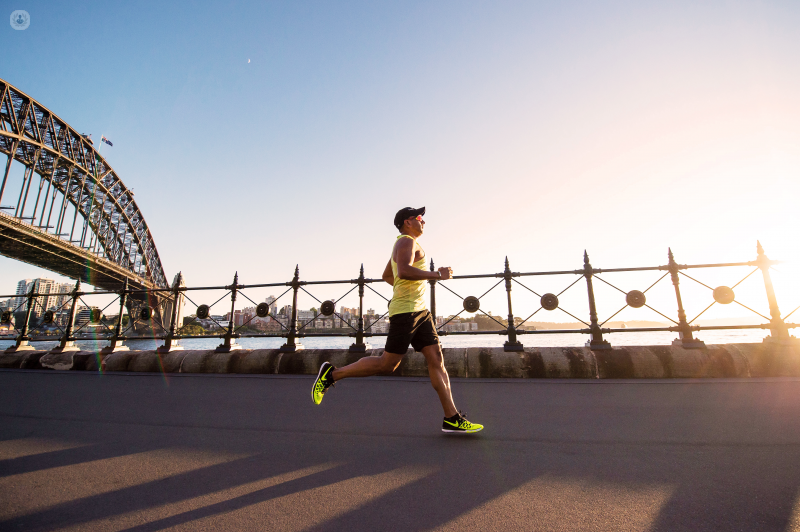Custom-made knee step forward in total knee replacement surgery
Autore:Total knee replacements are a standard procedure and have been around for over 30 years. But, as knee implants are particularly becoming more common in younger, active patients than ever before, experts have had to quickly advance in implant design to enhance its functionality and longevity.
Now, with the help of advanced technology, surgeons can scan their patient’s knee anatomy and build a unique implant that is a precise and true reproduction of their natural knee joint. But what are the advantages of this and who is eligible for this breakthrough knee replacement technique? Mr Sunil Kumar, an expert orthopaedic surgeon who routinely carries out this new technique, explains more.

What are the advantages of personalised knee replacements compared to traditional ones?
The personalised knee replacement is custom-made to the anatomy of the patient, unlike the traditional knee replacement, which is “off-the-shelf”.
Traditional knee replacements are a fixed design that come in different sizes and therefore offer a “best-fit” rather than a “custom-fit”. In layman's terms, this would be the difference between an off-the-peg vs a bespoke tailored suit. A personalised knee, on the other hand, would feel much more like the patient’s natural knee and would, therefore, hope to provide a more rapid recovery with restoration of a good range of movement and natural biomechanics.
Who is eligible for a personalised knee replacement?
Most active patients who are suitable for a total knee replacement would be eligible for a personalised knee replacement. However, patients with severe deformity or large bone loss may not be suitable.
In general terms, young, active and motivated patients may be best served by this type of replacement.
How is the knee implant personalised and sized correctly?
No two personalised knee replacements are the same. Therefore, once a patient is considered suitable for a personalised knee replacement, limited CT scans are then undertaken of the hip, knee and ankle. Using this information, the “image-to-implant software platform” converts the 2D CT into a 3D model of the patient’s knee, from which the implants are manufactured. The result is a true reproduction of the patient’s knee anatomy and unique to that patient only.
Are personalised knee replacements specific to gender?
Traditional gender-specific knees were an off-the-shelf design, with the female knee essentially being slightly smaller front to back and side to side than the equivalent male size. Again, these were a best-fit rather than a custom-fit. The personalised knee is therefore patient-specific rather than gender-specific.
How effective are the results?
Patients report a 95% satisfaction rate compared with 80-85% with a standard off-the-shelf knee replacement. This is equivalent to a two-thirds reduction (5% from 15%) in dissatisfied patient numbers.
Patient’s with personalised knee replacements often return to a pain-free and active lifestyle.
Published literature has confirmed a higher percentage of “return to anatomical alignment” in patients with personalised knee replacements and hence the “natural feel” patients with personalised knee replacements often report. This leads to greater patient satisfaction and hopefully, over time, will also reveal lower failure and revision rates.
What is the future of knee replacement surgery?
Once the implants themselves have been personalised, we are likely to introduce robotics to help improve the accuracy of placement of the personalised implant. This will hopefully get us closer to the holy grail of reproducing the patient’s natural knee.
If you are interested in a personalised knee implant, visit Mr Sunil Kumar’s Top Doctors profile and check his availability to book a consultation.


